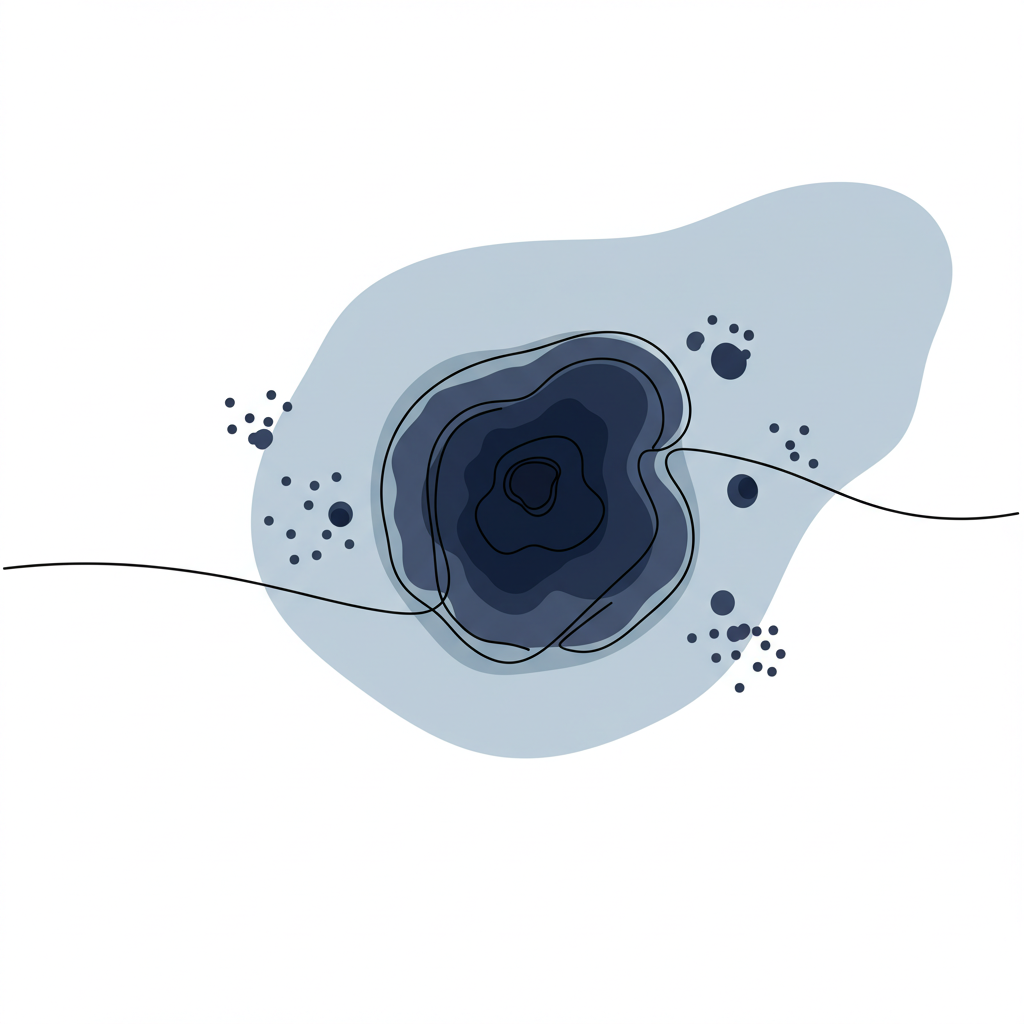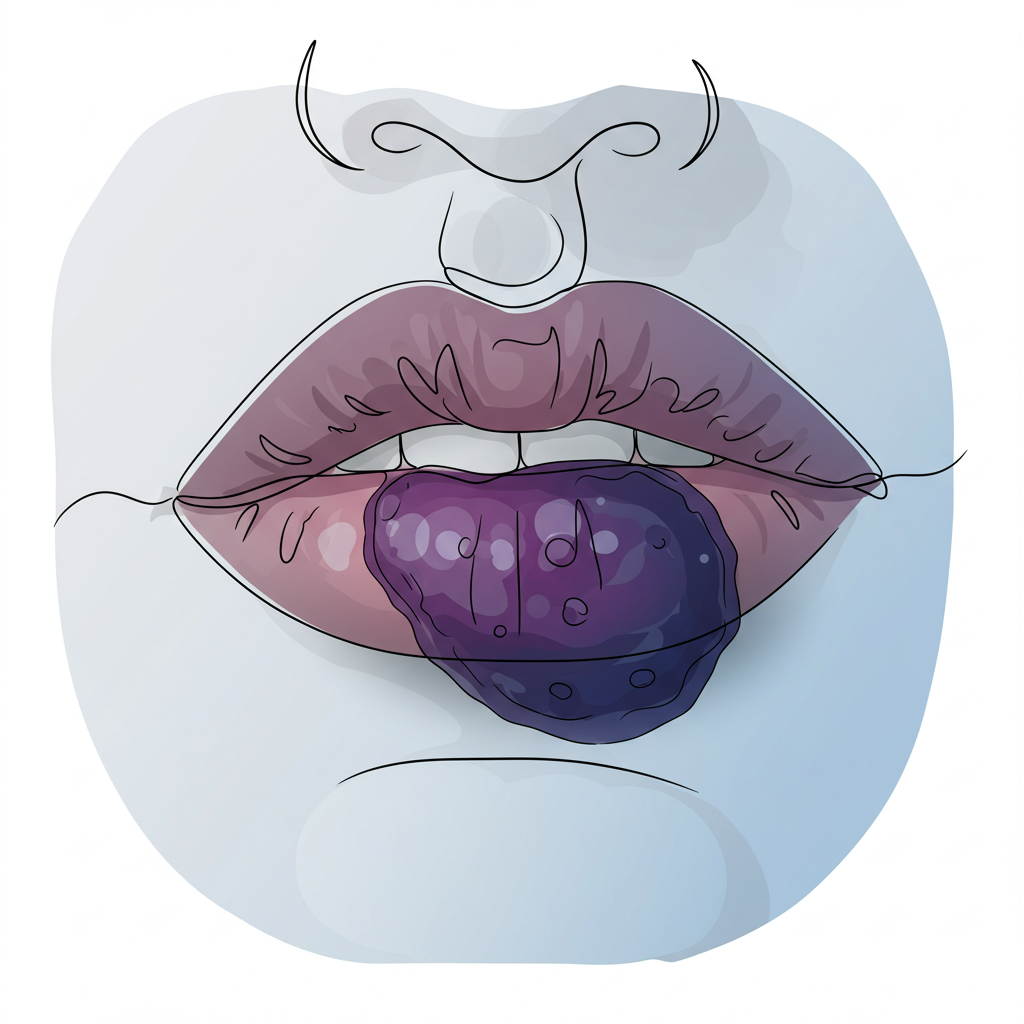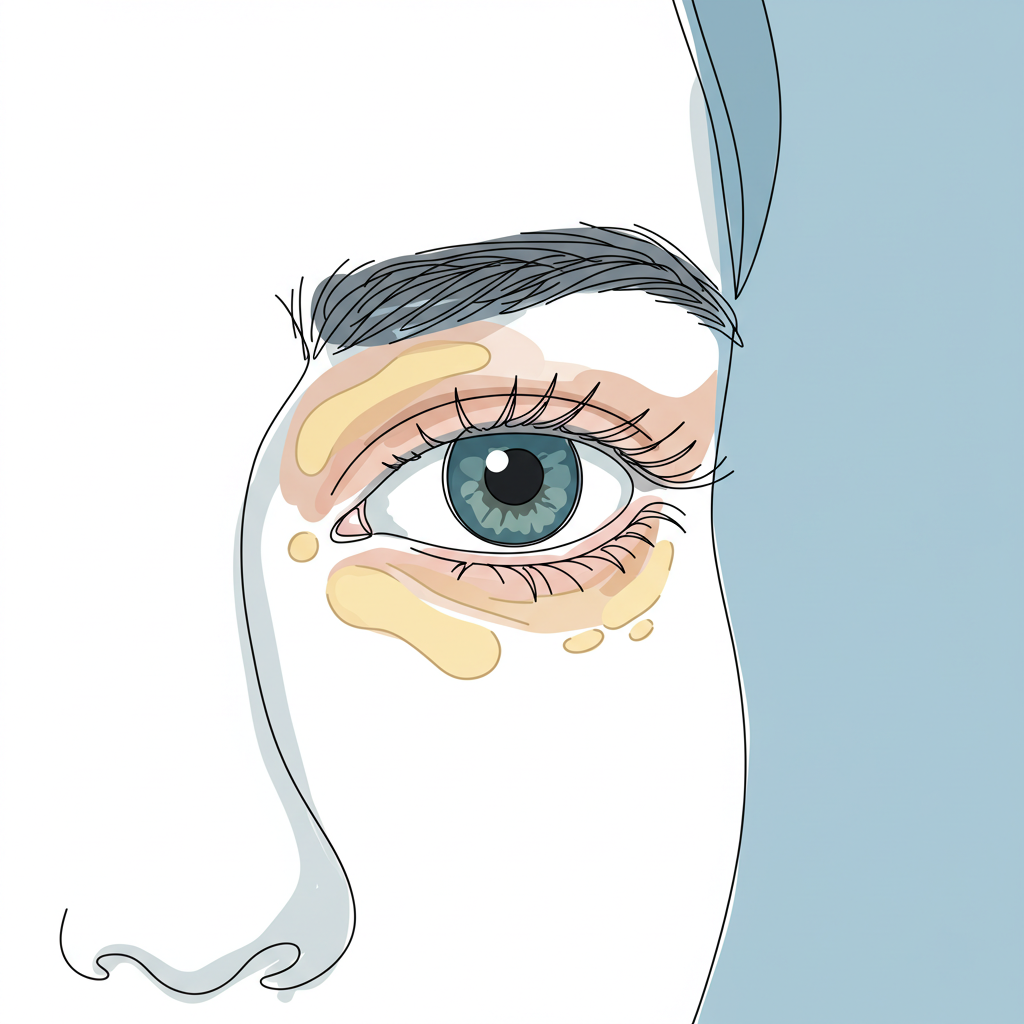Acne represents one of the most prevalent dermatological conditions affecting millions worldwide, transcending age groups and demographics. Like a complex orchestration beneath the skin’s surface, acne develops through intricate biological mechanisms that can profoundly impact both physical and emotional well-being. This comprehensive guide delves into the intricate mechanisms of acne development, its various manifestations, and the modern therapeutic approaches available for management.
The Foundation of Acne Development
At its core, acne emerges from a complex interplay of biological factors within our skin’s microscopic landscape. Like a delicate ecosystem, the skin maintains a careful balance that, when disrupted, can trigger a cascade of events leading to acne formation. Understanding these fundamental mechanisms provides crucial insight into effective treatment strategies.
The Anatomy of Acne Formation
The pilosebaceous unit – a sophisticated structure combining hair follicles and sebaceous glands – serves as the primary site of acne development. Think of this unit as a microscopic factory where multiple processes must work in perfect harmony to maintain healthy skin. When this delicate system becomes disrupted, a cascade of events unfolds:
- Excess Sebum Production: Hormonal influences trigger increased oil production, much like a faucet that can’t be turned off
- Follicular Hyperkeratinization: Abnormal skin cell shedding leads to pore blockage, creating a microscopic traffic jam within the follicle
- Bacterial Colonization: P. acnes bacteria proliferate in the oxygen-depleted environment, like unwanted guests at a party
- Inflammatory Response: The immune system reacts, creating visible skin inflammation, similar to a defensive army rushing to battle
Clinical Manifestations
Acne presents through various lesional patterns, each reflecting different stages of the inflammatory process. Like chapters in a story, these manifestations reveal the progression of the condition and guide treatment decisions.
Non-Inflammatory Lesions
These early manifestations represent the initial stages of pore blockage, like the first warning signs of a developing problem:
- Comedones (Open and Closed):
- Blackheads: Oxidized debris appears dark at the skin’s surface, like tiny dots marking trouble spots
- Whiteheads: Enclosed debris creates raised, flesh-colored bumps, sealed off from the air above
Inflammatory Lesions
As inflammation progresses, more severe manifestations develop, marking a critical escalation in the acne process. Like a cascade of inflammatory events, these lesions represent the body’s increasingly aggressive immune response to blocked follicles and bacterial colonization:
- Surface Lesions:
- Papules: Tender, red elevations signaling active inflammation, appearing like tiny mountains on the skin’s landscape
- Pustules: Pus-filled lesions indicating immune system engagement, visual evidence of the body’s defense mechanisms at work
- Deep Lesions:
- Nodules: Firm, painful masses extending into deeper skin layers, like subterranean inflammatory fortresses
- Cysts: Fluid-filled cavities with significant inflammatory components, representing the most severe form of acne lesions
The Complex Web of Triggering Factors
Understanding acne requires recognizing the intricate network of factors that can initiate or exacerbate breakouts. Like a delicate balance scale, multiple elements can tip the skin toward inflammation and lesion development:
Internal Influences
The body’s internal environment plays a crucial role in acne development, particularly through hormonal mechanisms:
- Hormonal Fluctuations:
- Puberty-related changes that flood the system with androgens
- Menstrual cycle variations creating monthly patterns of breakouts
- Pregnancy-induced alterations affecting skin behavior
- Endocrine disorders like PCOS disrupting normal hormonal balance
These internal changes operate like conductors in an orchestra, directing the activity of sebaceous glands and influencing skin cell behavior.
External Factors
Environmental and lifestyle elements interact with our skin’s biology in complex ways:
- Dietary Considerations: The relationship between diet and acne resembles a complex puzzle, with certain foods acting as potential triggers:
- High glycemic index foods sparking insulin responses
- Dairy consumption influencing hormonal pathways
- Nutritional imbalances affecting skin health
- Environmental Impacts: Our skin faces constant challenges from external forces:
- Humidity levels affecting sebum production
- UV exposure triggering protective responses
- Pollution effects creating oxidative stress
Modern Treatment Paradigms
Contemporary acne management resembles a sophisticated military campaign, employing multiple strategies to combat this persistent condition. Success requires a carefully orchestrated approach that addresses all aspects of acne development:
Topical Interventions
Like precise surgical strikes, topical treatments target specific aspects of acne pathogenesis:
- Antimicrobial Agents: These medications act as the front-line defense:
- Benzoyl Peroxide: A powerful oxidizing agent that creates an inhospitable environment for bacteria
- Topical Antibiotics: Strategic weapons against bacterial proliferation
- Combination Products: Sophisticated formulations targeting multiple aspects of acne development
- Retinoids and Derivatives: These vitamin A derivatives work like cellular architects, restructuring the skin’s behavior:
- Tretinoin: The gold standard retinoid that fundamentally alters skin cell behavior
- Adapalene: A modern retinoid offering gentler yet effective cellular modulation
- Tazarotene: A potent option for resistant cases requiring stronger intervention
The molecular precision of these topical treatments allows them to penetrate beyond the skin’s surface, addressing the root causes of acne development and promoting long-term improvement.
Systemic Interventions
When acne requires a more comprehensive approach, systemic treatments act like internal peacekeeping forces, addressing inflammation and hormonal imbalances throughout the body:
Oral Antibiotics
These medications serve as powerful allies in the fight against inflammatory acne:
- Tetracyclines work systematically to reduce both bacteria and inflammation
- Macrolides provide alternative options for patients who can’t tolerate tetracyclines
- Combined approaches maximize therapeutic benefits while minimizing resistance
Hormonal Modulation
For many patients, particularly women, hormonal therapy represents a sophisticated approach to acne control:
- Combined oral contraceptives carefully balance hormone levels
- Anti-androgen medications like spironolactone target excess androgen activity
- Endocrine modulators address underlying hormonal dysregulation
The Power of Isotretinoin
As the most potent weapon in our therapeutic arsenal, isotretinoin offers hope for severe cases:
- Dramatically reduces sebum production at its source
- Fundamentally alters follicular behavior
- Provides potential for long-term remission
- Requires careful monitoring and patient education
Comprehensive Skincare Strategies
Successfully managing acne requires a holistic approach that extends beyond medication alone. Like maintaining a delicate garden, proper skincare involves daily attention and careful product selection:
The Art of Daily Care
A consistent skincare routine forms the foundation of acne management:
- Cleansing Fundamentals:
- Select gentle, pH-balanced cleansers that remove debris without stripping the skin
- Practice twice-daily washing with lukewarm water
- Remove makeup and environmental pollutants thoroughly but gently
- Strategic Moisturizing:
- Choose non-comedogenic formulations that support skin barrier function
- Apply hydrating products to damp skin for optimal absorption
- Adjust moisturizer weight based on seasonal and environmental factors
- Sun Protection Protocol:
- Incorporate broad-spectrum SPF into daily routines
- Select formulations based on skin sensitivity and acne predisposition
- Maintain consistent protection through regular reapplication
Professional Intervention and Care
When acne transcends the realm of routine management, professional dermatological care becomes essential. Like a specialized task force, dermatologists bring advanced expertise and therapeutic options to complex cases:
Recognition of Warning Signs
Certain clinical presentations warrant immediate professional evaluation:
- Deep-Seated Inflammation: When nodules and cysts develop beneath the skin’s surface, they require expert intervention to prevent permanent scarring and tissue damage
- Progressive Scarring: Early signs of atrophic or hypertrophic scarring indicate the need for aggressive therapeutic intervention
- Psychological Impact: The emotional burden of acne can significantly affect mental health, requiring comprehensive support
- Treatment Resistance: Cases that fail to respond to over-the-counter interventions need professional assessment for alternative strategies
The Professional Approach
Dermatological care provides a structured pathway to acne management:
- Comprehensive Evaluation: Expert assessment considers multiple factors:
- Detailed medical history revealing potential triggers
- Physical examination identifying lesion patterns
- Assessment of scarring risk and psychological impact
- Evaluation of previous treatment responses
- Customized Treatment Planning: Professional care allows for sophisticated therapeutic approaches:
- Integration of multiple treatment modalities
- Regular monitoring of treatment efficacy
- Adjustment of interventions based on response
- Prevention of long-term complications
Conclusion: The Journey to Clearer Skin
Acne management represents a complex medical journey requiring patience, persistence, and professional guidance. Like navigating through challenging terrain, success often comes through careful planning and adaptability. Understanding the multifaceted nature of acne empowers patients and healthcare providers to work collaboratively toward optimal outcomes.
Key Principles for Success:
- Early Intervention: Addressing acne at its earliest signs can prevent progression to more severe forms
- Consistent Care: Maintaining prescribed treatment regimens provides the best opportunity for improvement
- Professional Partnership: Working closely with healthcare providers ensures appropriate modification of treatment strategies
- Holistic Approach: Considering all aspects of skin health, from medical treatments to lifestyle factors
While acne can present significant physical and emotional challenges, modern therapeutic approaches offer hope and healing. Through careful attention to individual needs, selection of appropriate treatments, and consistent follow-through with care plans, most patients can achieve significant improvement in their skin health.



